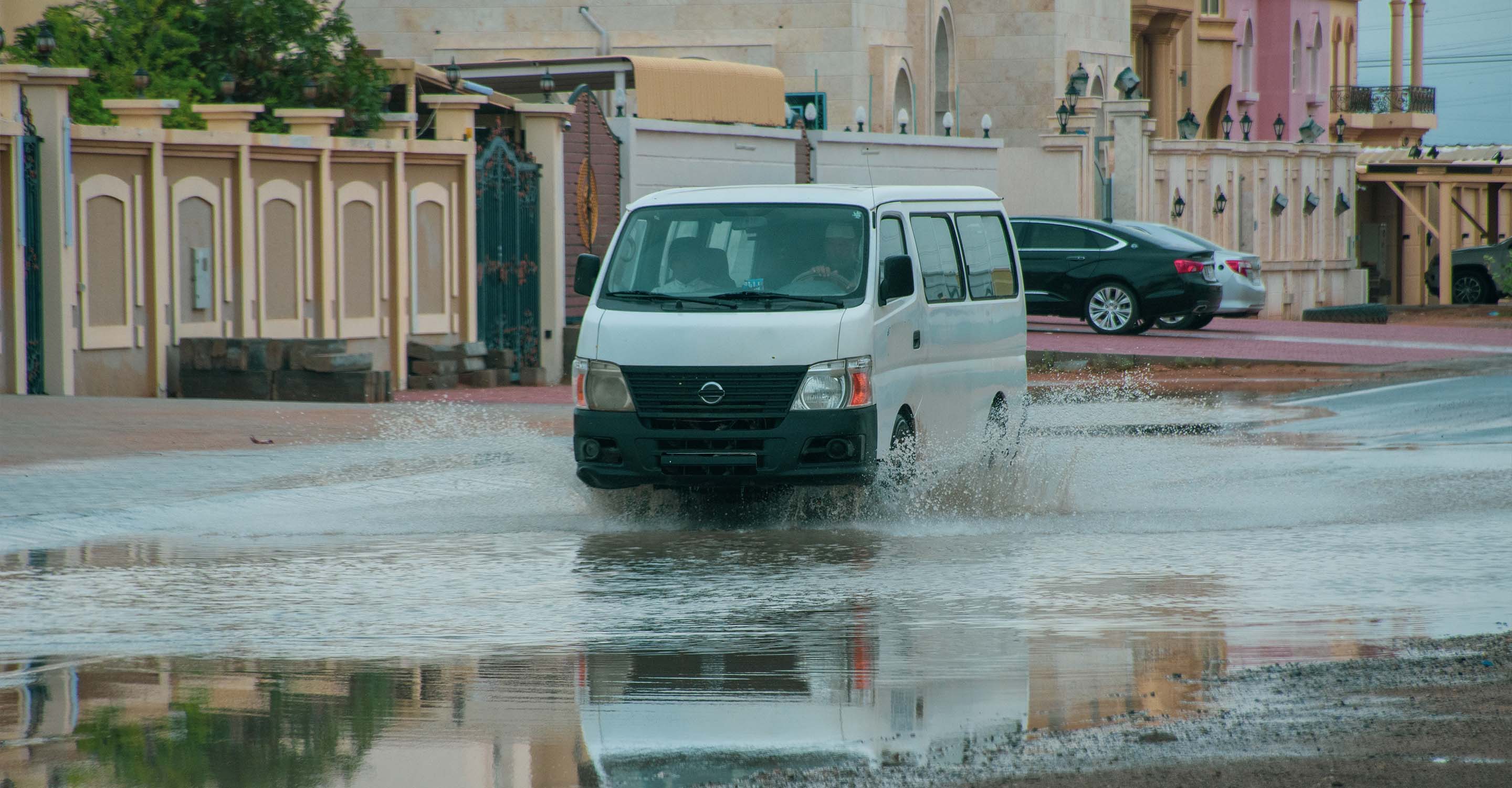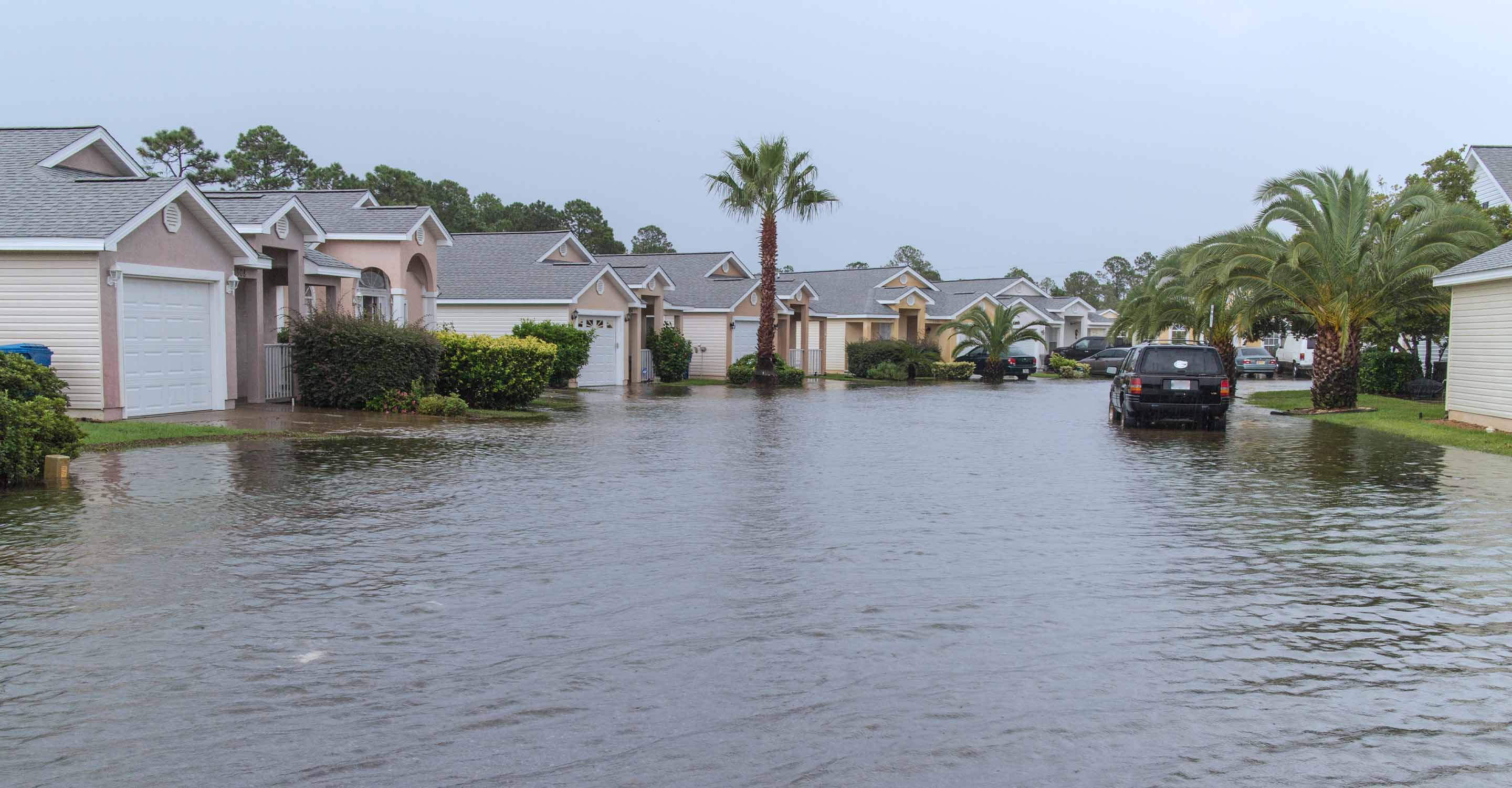Mumbai air quality map
Live air pollution map of Mumbai
1.5M people follow this city
Full screen
Contributors
3
Stations
8
Contributors category
2
Government
0
Non-profit organization
0
Educational
1
Corporate
0
Individual
0
Anonymous
Most polluted air quality stations
| # | station | US AQI |
|---|---|---|
| 1 | Kherwadi_Bandra East, Mumbai - MPCB | 112 |
| 2 | IQAir Outdoor Monitor @ Juhu JVPD | 97 |
| 3 | Chembur, Mumbai - MPCB | 87 |
| 4 | Bandra - Hill Road | 86 |
| 5 | US Consulate in Mumbai | 78 |
| 6 | Byculla, Mumbai - BMC | 72 |
| 7 | Shivaji Nagar, Mumbai - BMC | 67 |
| 8 | Sewri, Mumbai - BMC | 63 |
Health Recommendations
| Sensitive groups should reduce outdoor exercise | |
| Close your windows to avoid dirty outdoor air GET A MONITOR | |
| Sensitive groups should wear a mask outdoors GET A MASK | |
| Sensitive groups should run an air purifier GET AN AIR PURIFIER |
community highlight
Mumbai most followed contributors
Become a contributor
Get an AirVisual Outdoor and contribute to collecting millions of data points for the Mumbai map to track local air pollution
Understand air pollution and protect yourself
Mumbai MAP AIR QUALITY ANALYSIS AND STATISTICS
Does the air pollution map for Mumbai show the recent level of air pollution?
These maps are interactive and use coloured circles to show the level of pollution measured at each particular station. The circles are colour-coded with a brief indication as to what the level of pollution is. The colours range from pale green for good air quality to dark maroon which indicates hazardous air quality. Even the background colour of the air pollution for Mumbai map is shaded to indicate the approximate air quality. In a very polluted city, the background takes on a reddish tone. By selecting an individual dot, a drop-down box will appear on screen with the actual level of pollution in real-time. It reveals the level of PM2.5 and also the US AQI number.
This United States Air Quality Index number is an internationally used set of metrics used by the World Health Organisation (WHO) and compares the air quality in different cities throughout the world using comparable standards. It is calculated by corelating the levels of the six most common pollutants such as nitrogen dioxide, sulphur dioxide, ozone, carbon monoxide and both sizes of particulate matter, which are PM2.5 and PM10. If all six figures are not available, a level can be calculated through the use of what data there is.
What other information can be gathered from the air quality map for Mumbai?
On opening the interactive air quality map for Mumbai, many coloured circles will be seen stacked on top of each other. Once the map is expanded these begin to separate and sometimes reveal other discs of a different, often darker colour, underneath. Local people may recognise these darker coloured disks as an indication of factory sites or industrial zones. These are often found in the suburbs, but there can be some still in residential areas that were built long before the houses that since grew up around them.
This information can prove very useful when choosing to travel to other parts of the city or where your child’s school will be or possibly even help choose where to live.
The city centre can often be a darker colour at certain times of the day because of the volume of traffic using the roads. This will mainly happen during the rush hours when commuters are going to and from work.
Can the air pollution map for Mumbai show the viewer where the worst air quality is?
The air pollution map for Mumbai does not directly identify the source of the air pollution but indicates the varying degrees of pollution throughout the city. It is very interesting to see how varied air quality can be within the confines of the same area. The source of the air pollution might be given on the main city page.
It seems that, like in other major cities throughout the world, most of the pollution is caused by traffic and construction. 29 per cent of the airborne particulate matter comes from road and construction dust. This is followed by power plants which add 20 per cent to the PM levels. The main source of traffic contamination comes from the heavy-duty vehicles which run on diesel.
A lot of households use dried animal dung as a source of heat in their homes. This produces a large amount of pollution, directly inside the often-confined space that is home. This would be a very hard habit to break due to cost alone.
A coastal city such as Mumbai should not have such high levels of pollution due to its location. It is like this because of the illegal burning of waste products, a poor planning system for its transportation and industrial units in residential areas. The future objective is to provide a sustainable city model with affordable public transport and low-cost energy from renewable sources. The key factor in achieving this goal is to reduce the amount of petroleum products currently being used.
Does the air pollution map for Mumbai indicate where the worst air quality is?
A close study of the map will certainly reveal where the areas of high pollution are. Local people who know their area will recognise these areas of high pollution to be the industrial zones mainly found in the suburbs, but due to poor planning can also be found in residential areas. Private industry is encouraged to relocate to newly created industrial parks outside the city limits. This in itself would reduce the need for their employees to travel into the city which in turn will lessen the amount of traffic there, thus improving air quality.
Is any other information available on the air quality map for Mumbai?
The location of air monitors and local wildfires are indicated on the Air quality map for Mumbai as well as air quality and wind direction. It may come as a surprise when considering how important wind speed and direction is to air quality.
Wildfires can affect the quality of the air because of all the pollution they create. Very often it is not only organic matter that is burned, because people take the opportunity of seeing a burning fire to throw any garbage onto it as a means to get rid of it. This often contains old plastic bottles which produce some very nasty smoke.
PM2.5 is a figure that is used on the air pollution map of Mumbai, but what is it?
Particulate matter, or PM 2.5, are very small particles in the air that are 2.5 micrometres (approximately 1 ten-thousandth of an inch) or less in diameter. This is less than the thickness of a human hair. Particulate matter is a mixture that can include organic chemicals, dust, soot, and metals. These particles can come from cars, trucks, factories, wood burning and other activities.
Children, the elderly, and people suffering from pre-existing respiratory problems such as heart and lung disease, asthma, or chronic illnesses are more sensitive to the effects of PM2.5 exposure. Because of their small size they can penetrate deeply into the lungs and travel as far as the base of the bronchial tubes where the alveoli are found. Once this far, they can then travel into the bloodstream and consequently, throughout the body.
All this means that scientific evidence is revealing that these PM2.5 particles have more severe effects on health than the larger ones, PM10. Also, their size makes them lighter and for this reason, they generally remain in the air longer. This not only prolongs its effects, but also facilitates its transport by the wind over long distances.
Mumbai air quality data attribution
3Contributors
 Central Pollution Control Board
Central Pollution Control Board5 stations
 U.S. Department of State
U.S. Department of State1 station
2 Government Contributors
 Bhaane
Bhaane2 stations
Corporate Contributor
4 Data sources









